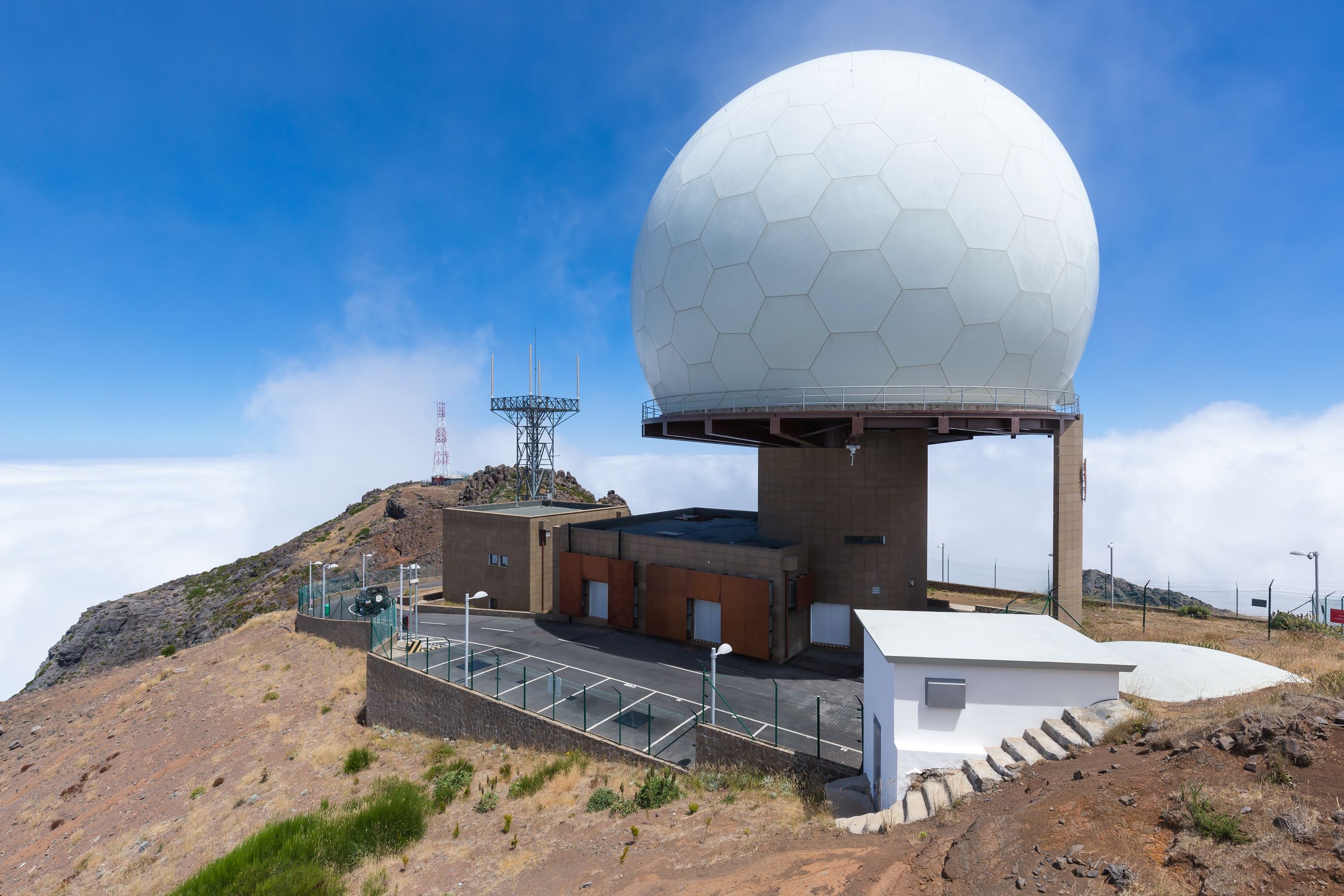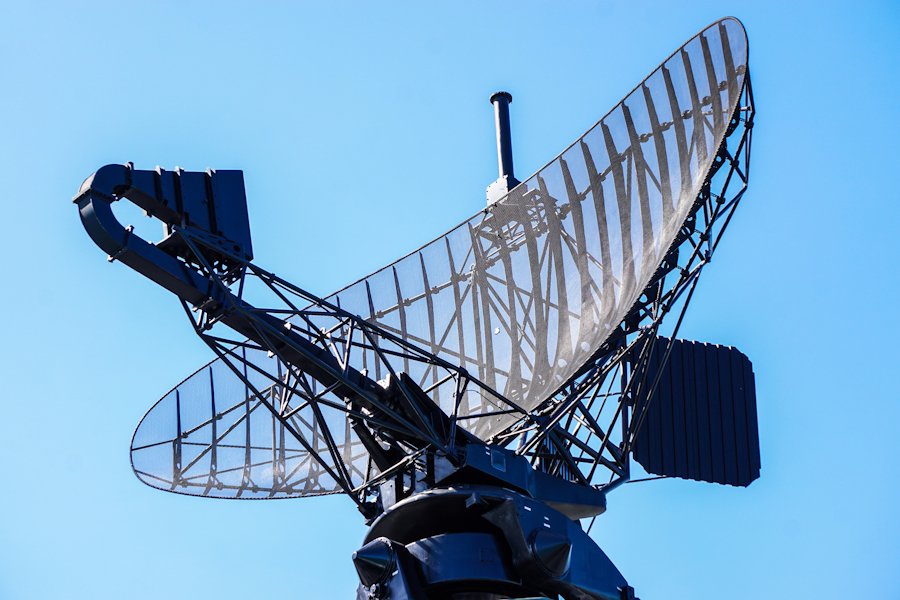Radar systems are integral to a variety of crucial applications, from national defense to weather monitoring and air traffic control. These systems, which detect and track objects using radio waves, play a vital role in both civilian and military sectors. However, the performance of radar systems can be significantly compromised by extreme climatic conditions such as intense heat, freezing temperatures, heavy rain, and sandstorms. These environmental factors can lead to inaccurate readings or even complete system failures, which is particularly concerning in critical operations where radar reliability is essential. To maintain consistent radar performance, it is vital to understand the specific challenges posed by extreme climates and to implement effective strategies for protecting and enhancing these systems.
Impact of Extreme Climates on Radar Systems
Extreme climates can severely impact radar systems. High temperatures can cause radar components to overheat, leading to signal degradation or complete shutdowns. Conversely, freezing conditions may result in ice buildup on radar surfaces, obstructing signal transmission and reception. Heavy rain can attenuate signals, reducing the radar’s ability to detect distant objects. Sandstorms and high winds can physically damage radar equipment, especially sensitive components like antennae and transmitters. The combination of these factors can disrupt both ground communication and air communication, critical for operations such as air traffic control and the management of unmanned aerial systems.
8 Ways to Protect and Enhance Radar Performance in Extreme Climates
To safeguard radar systems in extreme climates, a combination of protective measures and performance-enhancing strategies is essential. Here are eight ways to protect and enhance radar performance in harsh environmental conditions:
1. Utilize Radome Shelters
Radome shelter provide a primary defense against the elements. By enclosing radar systems within a radome, the equipment is protected from wind, rain, snow, and sand. These shelters also help maintain a stable internal environment, crucial for the consistent performance of radar systems, including those managing air traffic.
2. Use Anti-Icing Technologies
For radar systems operating in cold climates, anti-icing technologies are essential. Heating elements can be integrated into radar surfaces to prevent ice formation. Additionally, hydrophobic coatings can reduce the adhesion of ice and snow, ensuring that radar surfaces remain clear for signal transmission and reception, which is vital for unmanned aerial systems and ground communication.
3. Opt for Weather-Resistant Materials
Radar components exposed to the environment should be constructed from weather-resistant materials, including corrosion-resistant metals and UV-resistant plastics. These materials withstand harsh conditions without degrading, extending the lifespan of radar systems and reducing the frequency of maintenance, essential for sustained ground and air communication.
4. Regular Maintenance and Inspections
Even with protective measures in place, regular maintenance and inspections are crucial for ensuring radar systems remain in top condition. Routine checks help identify issues before they lead to system failures. In extreme climates, more frequent inspections are necessary to catch weather-related wear and tear early, crucial for reliable air traffic control.
5. Implement Cooling Systems
In regions with high temperatures, advanced cooling systems are vital for radar systems. These cooling mechanisms, such as air conditioning units or liquid cooling systems, dissipate heat and prevent components from overheating. Maintaining the integrity of sensitive electronic components ensures continuous radar operation, crucial for both ground and air traffic control.

6. Deploy Signal Enhancement Techniques
Deploying signal enhancement techniques is essential in environments where weather conditions can attenuate radar signals, such as heavy rain or fog. These can include increasing the power output of radar transmitters or using signal processing algorithms to filter out noise and improve detection accuracy.
7. Implement Redundancy Systems
In critical operations, redundancy systems can provide an extra layer of security. By deploying multiple radar systems or backup components, you can ensure continuous operation even if one system fails due to environmental conditions. Redundancy is particularly important in military and aviation applications, where radar failure can have severe consequences.
8. Monitor Environmental Conditions in Real-Time
Finally, integrating environmental monitoring systems with radar operations can help operators anticipate and respond to changing weather conditions. Real-time data on temperature, humidity, wind speed, and precipitation can inform adjustments to radar settings or activate protective measures, ensuring radar performance remains optimal despite environmental fluctuations.
Conclusion
Protecting and enhancing radar performance in extreme climates is a multifaceted challenge. It requires a combination of protective measures, advanced technologies, and regular maintenance. By understanding the specific impacts of harsh environmental conditions on radar systems and implementing strategies such as utilizing radome shelters, cooling systems, and anti-icing technologies, operators can ensure that their radar systems remain reliable and effective, even in the most challenging environments. As radar technology continues to evolve, so too must our approaches to safeguarding these critical systems against the unpredictable forces of nature.

